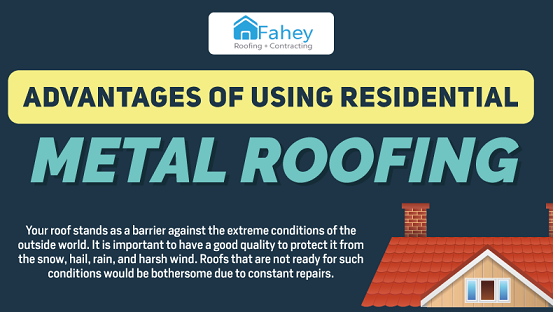The Quest To Find The Very Best Solar Panel Kind For Your Home Starts Below, With Vital Variables Awaiting Exploration - Are You Ready?
The Quest To Find The Very Best Solar Panel Kind For Your Home Starts Below, With Vital Variables Awaiting Exploration - Are You Ready?
Blog Article
Content Author-Aagaard Marquez
When it pertains to choosing the ideal solar panels for your home, the options can be overwhelming. Each type provides unique advantages and trade-offs, making it essential to figure out which aspects line up best with your objectives. Whether your emphasis is on effectiveness, cost-effectiveness, or looks, there's a photovoltaic panel type that can accommodate your requirements. So, prior to https://www.business-standard.com/article/economy-policy/gujarat-s-modhera-village-basks-in-the-sun-awaits-solar-power-benefits-122101101326_1.html decide, take into consideration the important facets that will certainly impact your solar power system's performance and suitability for your home.
Monocrystalline Solar Panels
When thinking about solar panels, you might discover monocrystalline photovoltaic panels. These panels are recognized for their high performance rates as a result of their building and construction from a solitary constant crystal structure. https://10000-watt-solar-system10875.blogdeazar.com/29435712/gain-understandings-into-optimizing-the-performance-of-your-solar-power-resources enables monocrystalline panels to carry out better in reduced light problems contrasted to other kinds of photovoltaic panels. Furthermore, their streamlined black look makes them a preferred choice for residential installations, assimilating seamlessly with the majority of roofs.
One key advantage of monocrystalline solar panels is their space efficiency. They require much less room to create the exact same quantity of electrical power as various other solar panel kinds, making them ideal for homes with restricted roof area.
While monocrystalline panels tend to be more costly ahead of time, their lasting resilience and performance usually make them a cost-effective financial investment in the world of solar energy. If you prioritize efficiency and visual appeals in your photovoltaic panel selection, monocrystalline panels could be the ideal selection for your home.
Polycrystalline Solar Panels
Polycrystalline photovoltaic panels, additionally called multicrystalline photovoltaic panels, use an alternative option to monocrystalline panels. These panels are made from silicon crystals that are melted with each other, creating a less uniform look compared to monocrystalline panels.
One of the crucial benefits of polycrystalline panels is their reduced manufacturing cost, making them an extra economical alternative for home owners aiming to invest in solar energy.
While polycrystalline panels might have a slightly reduced efficiency price contrasted to monocrystalline panels, they still offer a reputable and cost-efficient method to create solar power for your home. These panels carry out well in high temperatures and are a resilient choice for a variety of climates.
If you have a bigger roofing space and are aiming to optimize your power manufacturing without breaking the bank, polycrystalline panels could be the ideal choice for you.
When considering photovoltaic panel choices for your home, it's essential to consider the cost-effectiveness and effectiveness of polycrystalline panels against your power requirements and budget plan restraints.
Thin-Film Solar Panels
Going on to Thin-Film Solar Panels, these panels provide a special option to standard silicon-based alternatives like polycrystalline panels. Thin-film panels are lightweight and flexible, making them easier to install on different surfaces like curved roofs or walls. They're also more visually pleasing, blending in flawlessly with the style of your home.
Nevertheless, it's vital to note that thin-film panels commonly have lower efficiency rates contrasted to crystalline silicon panels. This means you might need even more area to create the exact same quantity of electrical power.
On the bright side, thin-film panels do far better in low-light problems and have a lower temperature coefficient, suggesting they can generate even more energy on hot days. If you have enough room and are seeking a flexible and aesthetically attractive photovoltaic panel option, thin-film panels could be a fantastic choice for your home.
Final thought
In conclusion, when picking the most effective photovoltaic panel type for your home, consider your power requires, budget plan, and area constraints. Monocrystalline panels give high efficiency in minimal area, while polycrystalline panels use a cost-effective option with reliable performance. Thin-film panels supply versatility and aesthetic allure yet may have lower efficiency prices. By evaluating these aspects, you can pick the photovoltaic panel type that best fits your particular demands.
